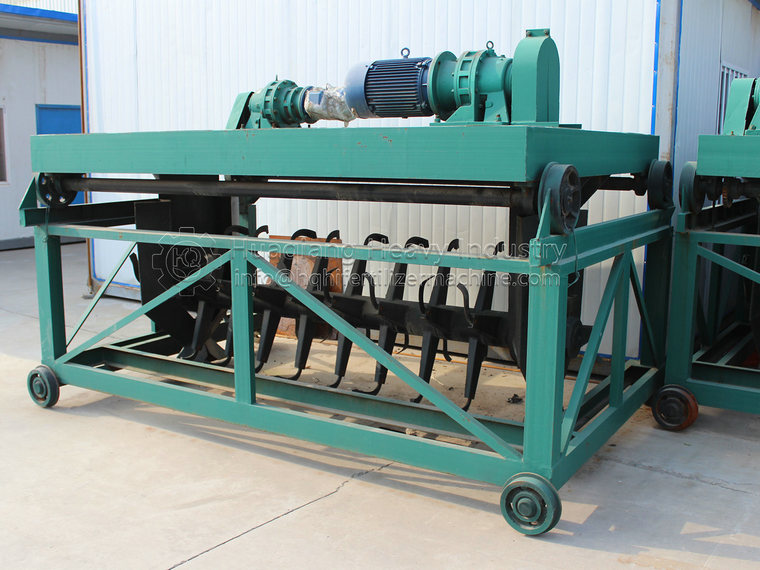How to properly inspect and maintain organic fertilizer equipment after granulation
Organic fertilizer equipment is a type of equipment that uses chicken and pig manure as the main raw materials, adds a certain amount of nitrogen fertilizer, phosphorus fertilizer, potassium fertilizer, magnesium sulfate, ferrous sulfate, and other substances, and ferments rice bran, yeast, soybean meal, and sugar for a certain period of time as biological bacteria. Under the action of sulfuric acid, it is mixed and fermented to produce biological fertilizers.
As a user of organic fertilizer equipment, in order to create more value in a longer period of time, it is necessary to check and maintain from time to time. Among them, what are the main contents of organic fertilizer equipment to check?
1, first of all, we need to pay attention to some important parts of organic fertilizer production line equipment. For example, the bearing of the crusher bears most of the load of the machine, which will directly affect the service life and operation rate of the machine, so it is necessary to regularly lubricate, the injected lubricating oil must be clean, and the seal must be good. Among them, the main places of oil injection are: rolling bearings, rolling bearings, all gears, active bearings, sliding surfaces, etc.
2. Next, pay attention to whether the other parts of the organic fertilizer equipment work normally, and check the degree of wear of the vulnerable parts, and replace them in time when they need to be replaced. If the bearing oil temperature rises, it should be stopped immediately to check the cause and eliminate it. If the rotating gear has impact sound, it should be stopped immediately to check and eliminate.
3, among them, the newly installed tires are easy to loose, and the operator must check frequently. At the same time, dust and other objects on the bottom plane of the movable device should be removed to prevent the machine from moving the movable bearing on the bottom frame when it encounters materials that are not easy to break, causing serious accidents.


.jpg)


.jpg)


